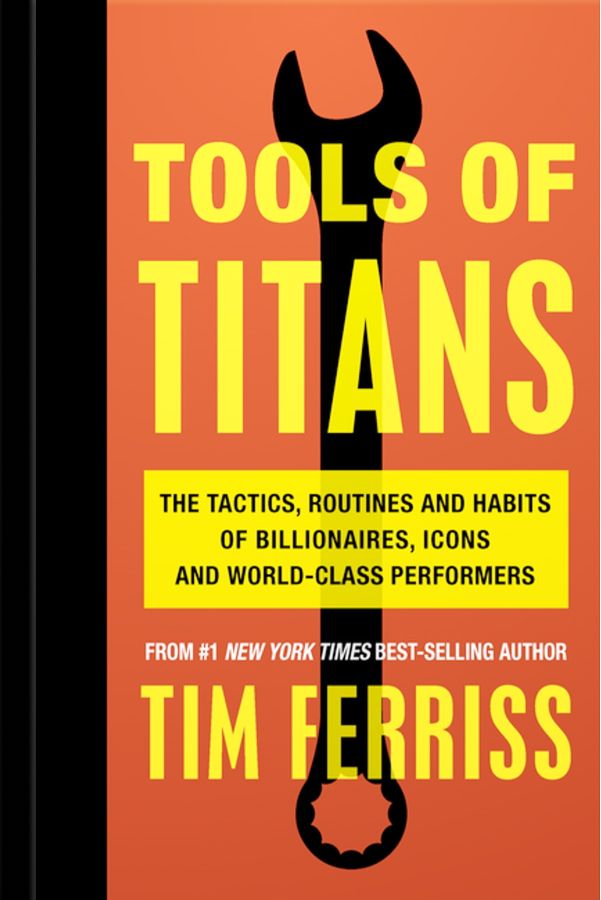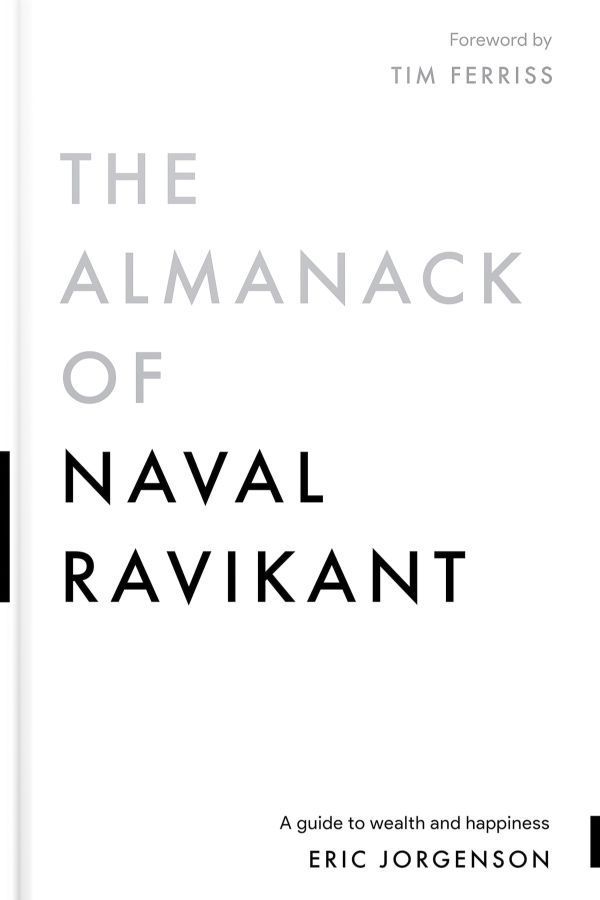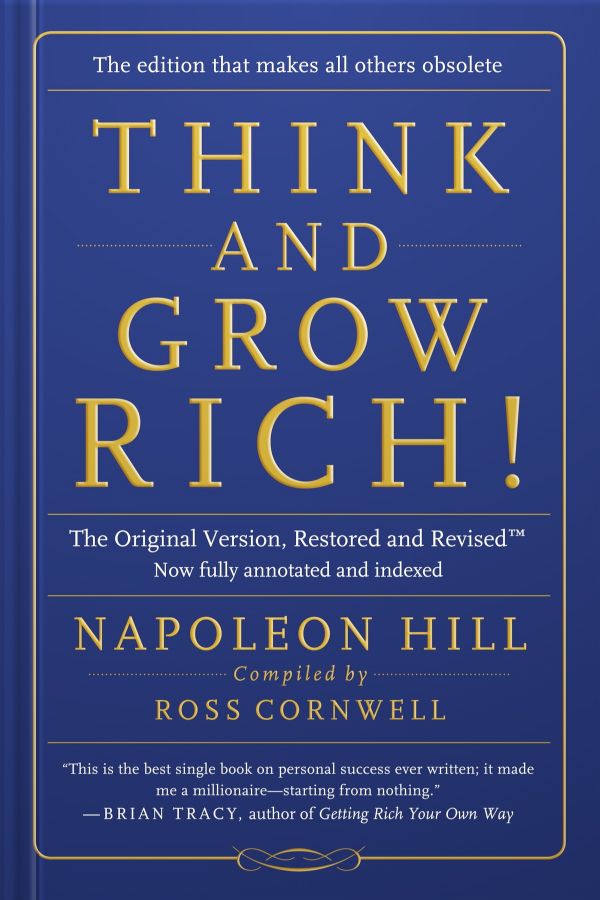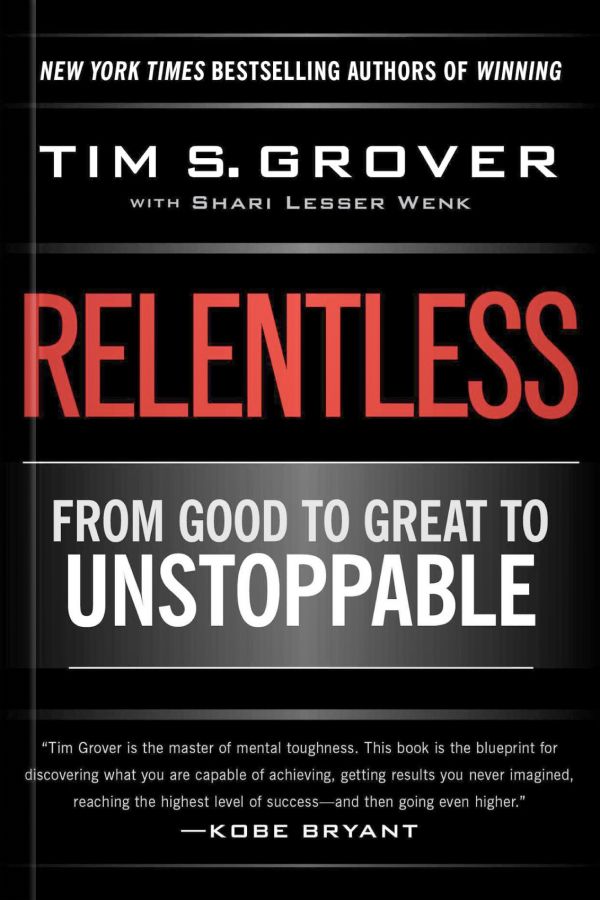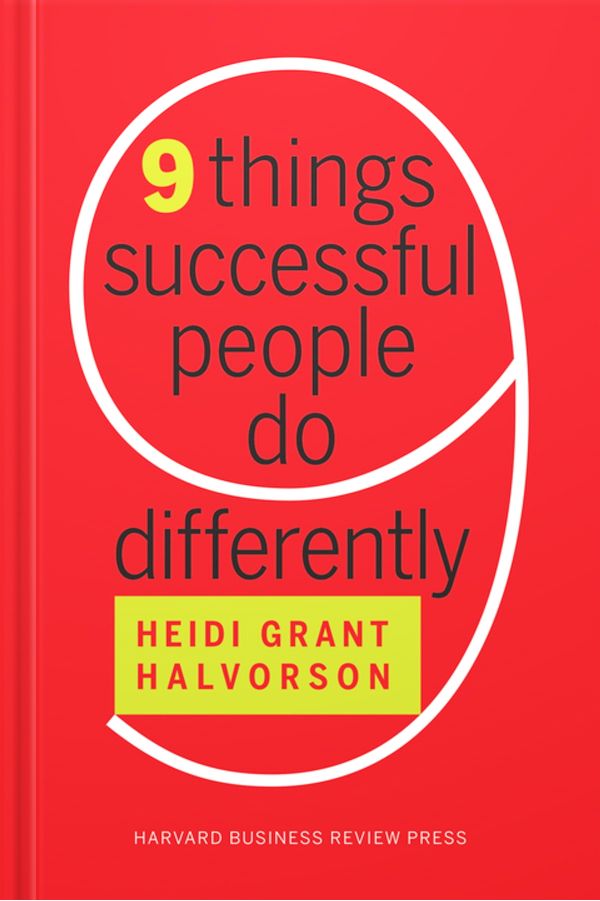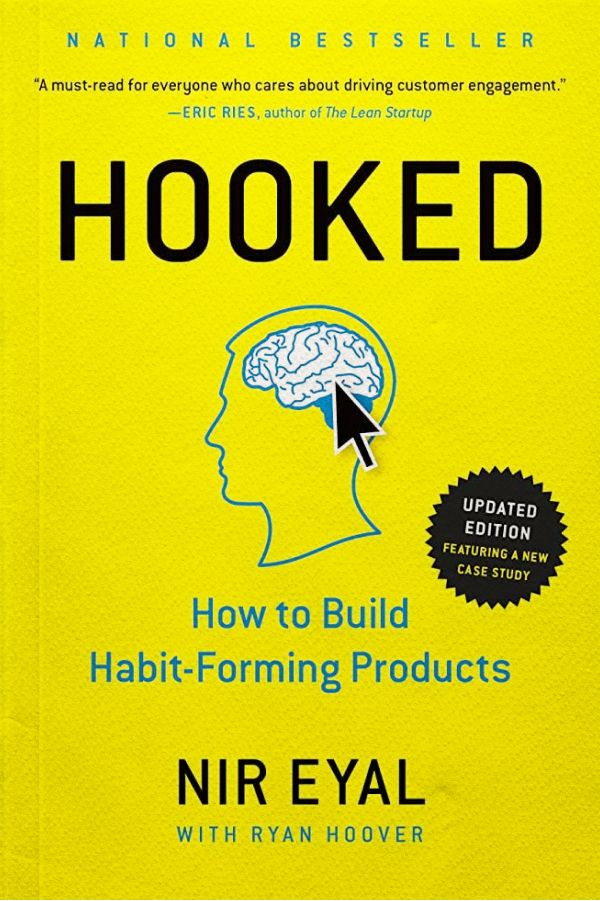
Business
Hooked by Nir Eyal
1. The Hook Model
The Hook Model is a four-step process companies can use to build habit-forming products. The four steps are:
a) Trigger:
A trigger is the thing that prompts a user to take action. It can be an external trigger (such as a notification or an email) or an internal trigger (such as a feeling of boredom or loneliness).
b) Action:
The action is the user's behavior in response to the trigger.
c) Reward:
The reward is the benefit that the user receives from taking the action. It can be a physical reward (such as food or money) or an emotional reward (such as social validation or pleasure).
d) Investment:
The investment is the user's action to increase their likelihood of taking action in the future. This can include things like personalization or customization of the product.
Example: "
One company that uses the Hook Model effectively is Instagram.
The trigger is the notification that someone has liked or commented on your post.
The action is checking the notification and scrolling through your feed.
The reward is the emotional validation and social connection from seeing and interacting with other people's posts.
The investment is the time and effort users put into creating and curating their posts, which increases their attachment to the platform.
“The Hook Model is an experience designed to connect the user's problem with your solution with enough frequency to form a habit.”
2. Variable Rewards
One of the critical factors that makes a product habit-forming is variable rewards.
This means that the rewards the user receives for taking the action are unpredictable and varied, which creates a sense of anticipation and excitement.
Example: Video game developer Blizzard Entertainment.
In World of Warcraft, players can earn various rewards for completing quests or defeating enemies, including rare items and powerful weapons. The randomness of the rewards creates a sense of anticipation and excitement for players and keeps them returning for more.
“When rewards are delivered unpredictably, the dopamine system kicks into high gear, creating a focused state of attention and increased desire.”
3. The Power of Habits
The ultimate goal of building a habit-forming product is to create a habit in the user's life.
Habits are behaviors performed automatically, without conscious thought, making them incredibly powerful and difficult to break.
MyFitnessPal, the app, prompts users to log their daily food intake and exercise and provides feedback and encouragement.
Over time, this habit of tracking and monitoring their health becomes automatic for users, making it easier to stick to their fitness goals.
“Habits are when not doing an action causes a bit of pain and doing an action results in a bit of pleasure. This is the core of the habit-forming feedback loop.”
4. Ethical Considerations
While building habit-forming products can be a powerful tool for businesses, it's essential to consider the ethical implications of creating products that people become addicted to.
Nir Eyal emphasizes the importance of building products in the user's best interest and providing transparency and control over their usage.
Example:
One company that has faced criticism for its addictive product is social media giant Facebook.
The platform has been accused of exploiting users' psychological vulnerabilities to keep them addicted to the site, leading to decreased attention span and addiction to social validation.
As a result, Facebook has faced increased scrutiny from lawmakers and the public regarding its business practices.
“Companies have a moral obligation to understand how their products are used and to design for responsible use.”
5. The Importance of Feedback
Feedback is an essential component of building habit-forming products, and it helps users understand how their actions affect the outcome and provides a sense of progress and achievement.
Example: Duolingo uses feedback effectively.
The app provides instant feedback on users' language skills, letting them know if they got an answer right or wrong and offering hints and explanations when needed. This feedback helps users improve their language skills and creates a sense of accomplishment and motivation to continue learning.
“Providing feedback is about closing the loop between the action and the variable reward, increasing the likelihood of future action.”
6. The Importance of Testing and Iteration
Building habit-forming products is a continuous process that requires constant testing and iteration.
Companies must be willing to experiment and adjust their product based on user feedback to create a product that truly meets users' needs.
Uber has demonstrated the importance of testing and iteration. The app has undergone numerous changes and improvements over the years, including updates to the user interface, new features such as UberPOOL, and even the addition of food delivery services.
Uber has built a loyal user base by continually testing and iterating its product and staying ahead of its competitors.
“The most successful products are those that are constantly iterating, testing, and refining, based on user feedback and real-world data.”
7. The Power of Association
Creating strong associations between the product and positive emotions or experiences can help build habits.
By linking the product with positive emotions, users are more likely to seek out the product to experience those positive emotions again.
Starbucks has created a strong association between its brand and positive emotions such as relaxation, productivity, and community.
By creating a welcoming environment with comfortable seating, free Wi-Fi, and friendly staff, Starbucks has become a go-to destination for people looking to work, socialize, or relax with coffee.
“The more closely users associate a product with positive emotions or experiences, the more likely they are to become habitual users.”
8. The Importance of Simplicity
Simplicity is vital when it comes to building habit-forming products.
Complex products or interfaces can be overwhelming or confusing for users, making it harder for them to form habits.
Twitter has become a habit for many users due to its simple, streamlined interface. With a 280-character limit for tweets and a straightforward timeline, Twitter is easy to use and doesn't require a significant time investment from users.
This simplicity has helped create a habit of checking Twitter multiple times daily for updates and conversations.
“The more simple and intuitive a product is, the more likely it is to become a habit.”















